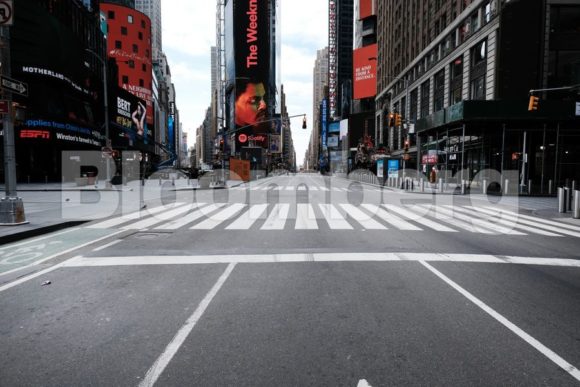Global insurers have proven resilient during the first wave of the COVID-19 pandemic, as their capital strength has helped stave off widespread downgrades; however, insurers’ capital buffers will erode through the second half of the year as financial market losses and insurance claims pile up, particularly for industrial lines re/insurers, according to a report by S&P Global Ratings.
“The risk of insurers’ invested assets losing value still outweighs the risk of rising insurance claims, particularly for life insurers and those with thin capital buffers,” said S&P Global Ratings credit analyst Dennis Sugrue.
“Nevertheless, a second wave of COVID-19 infections that disrupts the economic recovery or necessitates the widespread reintroduction of lockdown measures could disrupt the financial markets further, deepen the recession, and increase asset losses and insurance claims,” Sugrue added.
Although losses from business interruption could rise if insurers face legal action, S&P said it sees retroactive legislative or regulatory changes as unlikely. There may be lawsuits over safety concerns of employees, and these could lead to increased directors and officers liability or professional liability claims. Also, significant excess mortality due to COVID-19 could erode life insurers’ capital positions.
If the economic recovery is disrupted or long lockdowns return, insurers’ top lines in 2020 and 2021 would face more significant and longer-term consequences, according to the report.
Currently estimates of insured losses from COVID-19 vary and include V.J. Dowling’s $80 billion to the Lloyd’s estimate $107 billion and Willis Towers Watson’s $140 billion. The consensus is that the bulk of the losses will come from event insurance, business interruption and entertainment. S&P expects the bulk of claims to be reported in Q2 and Q3. However, it warns, losses could escalate if conditions worsen beyond the current recovery scenario.
The rating agency said its growth expectations for insurers globally in 2020 have diminished as a result of the slowdown in economic activity. It sees lower investment returns, mark-to-market losses, and heightened claims eroding earnings in 2020.
The future looks brighter. S&P expects top lines and earnings to recover during 2021-2022. It anticipates that non-life pricing will continue to improve and demand will remain stable for non-discretionary lines of business.
Capital buffers at most insurers are healthy enough to support ratings, particularly those in North America and EMEA.
Thus in 2020, S&P said it has taken negative rating actions on 9% of its global insurance ratings, compared to 40% of the wider corporate and government ratings universe. In addition, its analysts have revised downward two Insurance Industry and Country Risk Assessments (IICRAs). About 75% of sectors carry an IICRA of intermediate risk or better, and S&P sees stability in most regions.
The full S&P report is “Resilient For Now: A second wave could eat into insurers’ capital.”
Source: S&P
Topics Carriers
Was this article valuable?
Here are more articles you may enjoy.



 Expense Ratio Analysis: AI, Remote Work Drive Better P/C Insurer Results
Expense Ratio Analysis: AI, Remote Work Drive Better P/C Insurer Results  MAPFRE Accuses AAA of Violating Long-Time Exclusive Marketing Agreement
MAPFRE Accuses AAA of Violating Long-Time Exclusive Marketing Agreement  Georgia Republicans Move to Scrap State Income Tax by 2032 Despite Concerns
Georgia Republicans Move to Scrap State Income Tax by 2032 Despite Concerns  Wildfires, Storms Fuel 2025 Insured Losses of $108 Billion: Munich Re Report
Wildfires, Storms Fuel 2025 Insured Losses of $108 Billion: Munich Re Report 

